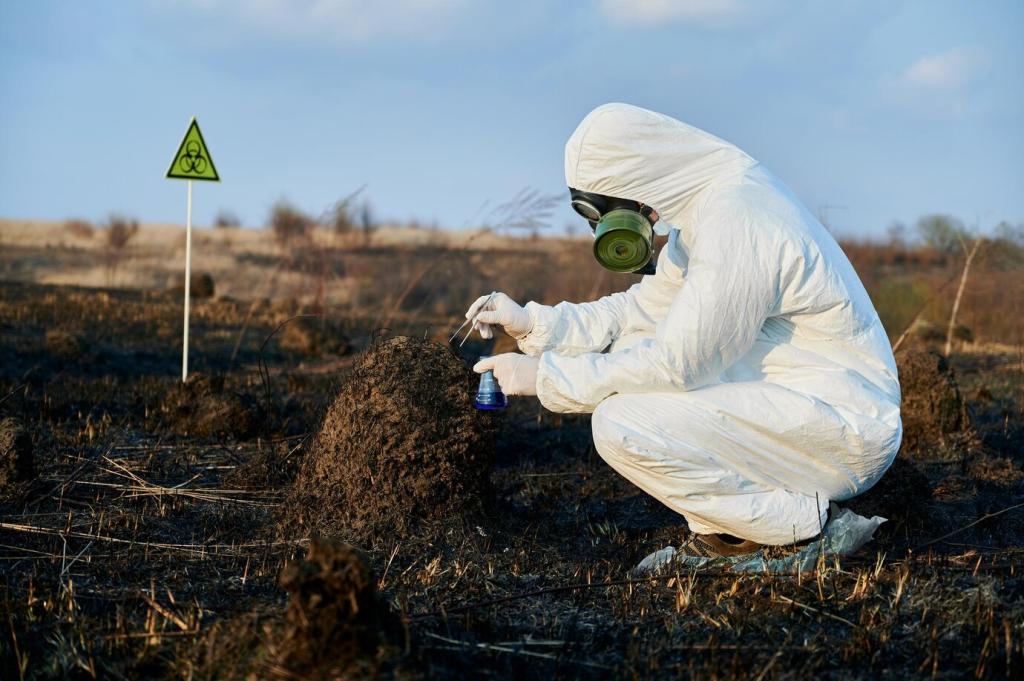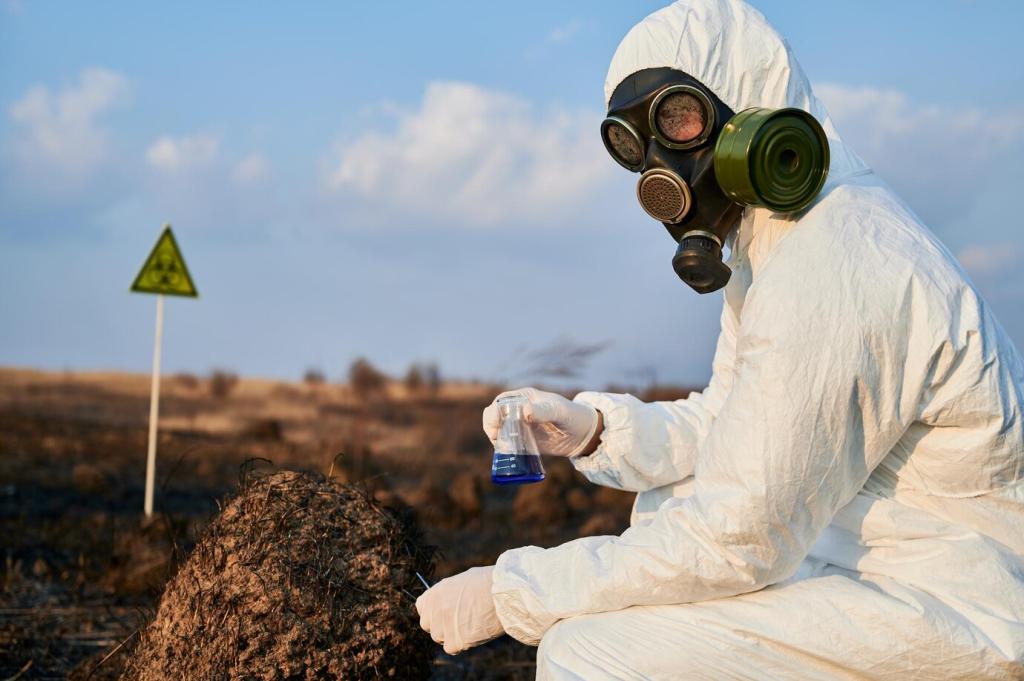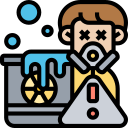Unmasking Toxins in Everyday Cleaning Products
Chosen theme: Toxins in Everyday Cleaning Products. Welcome to a friendly, science-grounded space where we explore what’s really inside your sprays, soaps, and scrubs—plus safer, practical swaps that keep your home sparkling without compromising health. Subscribe, comment, and help shape our next investigations.

Defining a Toxin in Household Cleaners
In cleaning products, toxins are substances linked to harm at typical exposure levels, including respiratory irritants, endocrine disruptors, and sensitizers. Think quaternary ammonium compounds, phthalates, formaldehyde releasers, and volatile organic compounds commonly lurking in multipurpose sprays and disinfectants.

The Fragrance and Preservative Loopholes
“Fragrance” can legally mask dozens of undisclosed chemicals, some associated with headaches, asthma, and hormone disruption. Preservatives like methylisothiazolinone prevent microbial growth but may cause skin sensitization, especially in leave-on residues from wipes, fabric refreshers, and air-mist cleaners.
How Exposure Happens
Breathing, Touching, and Residue
You inhale volatile compounds released during spraying, but you also absorb residues through skin contact on countertops, doorknobs, and linens. Even dried films can transfer to hands, making frequent rinsing and microfiber wiping powerful, low-effort exposure reducers.

Labels, Claims, and Trust Marks
Reading Ingredient Lists and Signal Words
Look for full ingredient disclosure and take signal words seriously: Danger, Warning, and Caution indicate escalating hazards. Scan for ammonia, chlorine bleach, quats, and formaldehyde releasers. If ingredients are missing or vague, consider alternatives with transparent labeling.
Greenwashing Red Flags
Phrases like “natural,” “eco-friendly,” or “plant-based” can be meaningless without specifics. Verify what makes a product safer—lower VOCs, non-sensitizing preservatives, fragrance-free formulas—rather than relying on leaf imagery or general sustainability language on the front panel.
Certifications That Actually Help
EPA Safer Choice, EWG Verified, and Ecocert can guide you toward better options. While no certification is perfect, these programs emphasize ingredient screening, lower toxicity profiles, and transparency, making them helpful starting points for everyday household decisions.

Safer Swaps and Simple DIY
Smart Replacements You Can Trust
Choose fragrance-free products, microfiber cloths, and mild surfactants like castile soap. Baking soda tackles scrubbing, while diluted hydrogen peroxide or alcohol-based cleaners can disinfect appropriately. Never mix bleach with ammonia or acids: this combination releases dangerous, irritating gases.
A No-Nonsense All-Purpose Spray
Combine distilled water, a small amount of fragrance-free castile soap, and isopropyl alcohol in a labeled spray bottle. Optionally add a drop of unscented surfactant. Avoid essential oils if anyone is sensitive, and always test on a hidden surface first.
Laundry and Dishes Without the Fog
Use free-and-clear detergents and rinse aids with low VOCs. For odor control, rely on proper ventilation and hot water, not heavy perfumes. My grandmother’s tip still works: pre-soak stained fabrics with warm water and baking soda, then wash promptly.
Routines That Reduce Risk
Open windows, run exhaust fans, and clean when the space is airy. Spraying less and wiping more also limits airborne compounds. If you must disinfect, target high-touch spots and ventilate until surfaces feel dry and neutral in smell.
Routines That Reduce Risk
Follow dilution instructions to avoid unnecessarily concentrated mixtures. Store chemicals away from heat and children, and label bottles clearly. Reusable microfiber cloths and dedicated buckets reduce product use while increasing mechanical cleaning power for daily messes.

From Personal Choices to Community Change
Document your swaps and results, like reduced headaches or fewer skin flare-ups. Offer your simple checklist to friends or neighbors, and invite them to subscribe so they can follow along with new guides and product breakdowns.
From Personal Choices to Community Change
Ask facilities teams about their disinfectants and fragrances. Propose fragrance-free policies and safer alternatives with third-party certifications. Volunteer to pilot a low-tox routine in a classroom or office area and report back measurable improvements.
From Personal Choices to Community Change
Email brands requesting full ingredient disclosure, including fragrance components. Support companies that publish safety data and reformulate away from sensitizers. Join our newsletter and community threads to coordinate letter-writing efforts and share template messages that get results.
